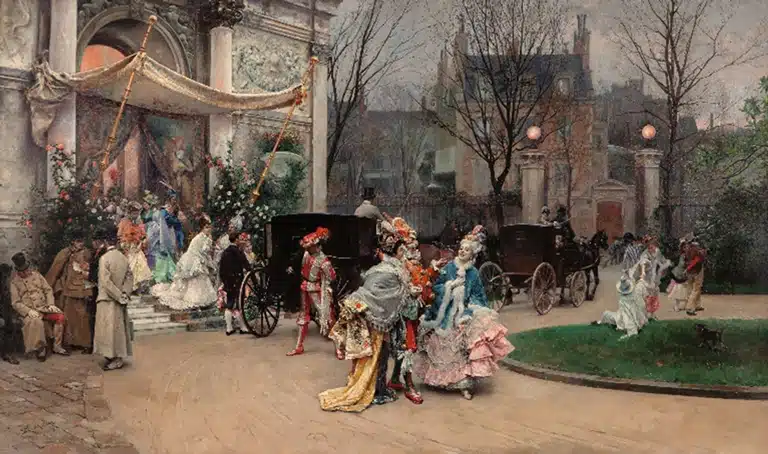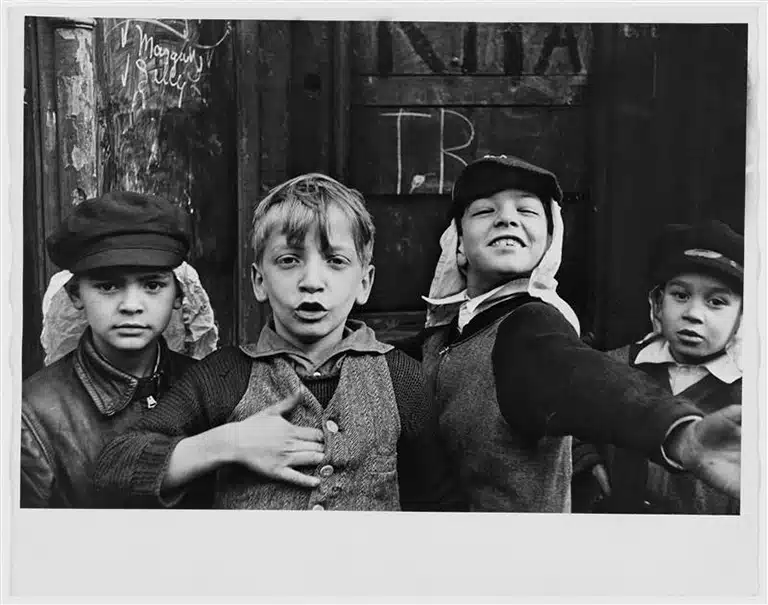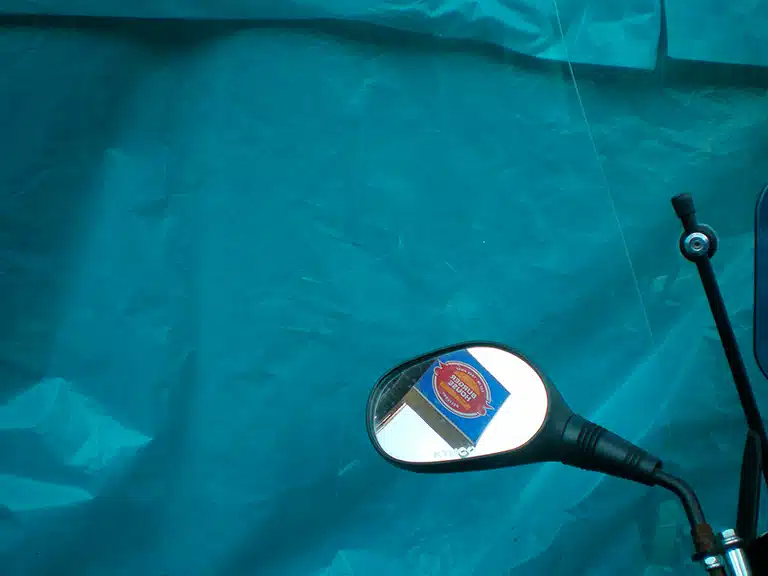Boldini and Late 19th Century Spanish Painting. The spirit of an Age
SEP.19.2019 ──────── JAN.12.2020

Giovanni Boldini
Cléo de Mérode , 1901
Private collection
Exhibition
SEP.19.2019 ── JAN.12.2020
Location
Recoletos Exhibition Hall
Paseo Recoletos 23, 28004 Madrid
This exhibition, curated by Francesca Dini and Leyre Bozal Chamorro, was produced by Fundación MAPFRE. It was made possible thanks to the extraordinary generosity of numerous institutions and private collections who so kindly loaned their work to us.
Alongside the work of this painter from Ferrara we have included pieces from some of the Spanish painters living in Paris at that time and whose works held a more or less express dialog with those of Boldini. The influence of Mariano Fortuny and his eighteenth century scenes on Boldini‘s paintings is but one of the many connections they shared, but certainly not the only one: A taste for genre painting featuring charming and anecdotal scenes, an interest in the comings and goings of the modern city, the enjoyment of landscapes and above all their shared ideas regarding the renewal of genre paintings are aspects which united the works of these artists at the turn of the century.
Halfway between tradition and innovation, the 124 works selected for the exhibition unerringly convey the spirit of an age.
Boldini and the influence of Mariano Fortuny and Marsal: on his arrival in Paris in 1871, having worked together with the Macchiaioli in his first Florentine years, Boldini dedicates himself to «fashionable paintings», which, inspired by Fortuny, delight collectors and merchants. These are either medium-sized or small paintings often conveying the spirit of the eighteenth century by narrating simple and anecdotal stories easily digestible to the public, who were avid collectors of these works of art. Raimundo de Madrazo places Paris at the center of these scenes following Fortuny’s departure to Rome and Boldini soon enters into contact with the Spanish painter and his circle, as can be appreciated in The red shawl, by Boldini himself, or in some of the street scenes by the Catalan Román Ribera, which have recently been confused with those of the Italian painter.
The Spanish painters settled in Paris: during the 1860s and 1870s, Paris begins to supplant Rome’s importance as «the capital of art». Spanish painters seeking to emulate the academic painters arrive in the capital with the intention of joining the École des Beaux-Arts and with the hope of one day seeing their work on display in the official Salon, like those of their masters. Raimundo de Madrazo settled in the French capital in 1855 and Eduardo Zamacois did the same in 1860. Both Zamacois and Mariano Fortuny are known for their small, precisely painted works, called tableautins, which were greatly loved by the middle classes. The Spanish painters were more than happy to satisfy these bourgeois tastes. The subject matters for these small works come largely from Meissonier, of whom Zamacois was his disciple, as well as from Dutch and Flemish 17th century painting.
A portrait of the Belle Époque: together with John Singer Sargent, James Abbott McNeill Whistler and the younger Joaquín Sorolla and Ignacio Zuloaga, Giovanni Boldini earned a name for himself as one of the most important «society portrait painters». All of the artists who specialized in what is known as «elegant portraiture» shared the same ideas regarding the renewal of the genre: the need to do away with stereotypical representations («court portraits») in order to give rise to spontaneity, the idea of movement and a psychological understanding of the person portrayed. We find these same traits in portraits such as La Parisienne by Ramón Casas, Clotilde García del Castillo by Joaquín Sorolla and Boldini’s portrait of the painter Whistler, to name a few examples. Although it is the Italian painter’s portrait of the dancer Cleo de Merode, with much freer and dynamic brushstrokes, that best demonstrates the modernization of a genre which was inextricably linked to the past by its very nature. Boldini, together with the other painters cited above, created a series of portraits halfway between tradition and innovation which unerringly conveyed the spirit of a fashionable society and of a decadent world which would come to an end with the onset of the First World War.
Download press conference:
If you would like high resolution images, please let us know for which publication or media is your request: Click here.




